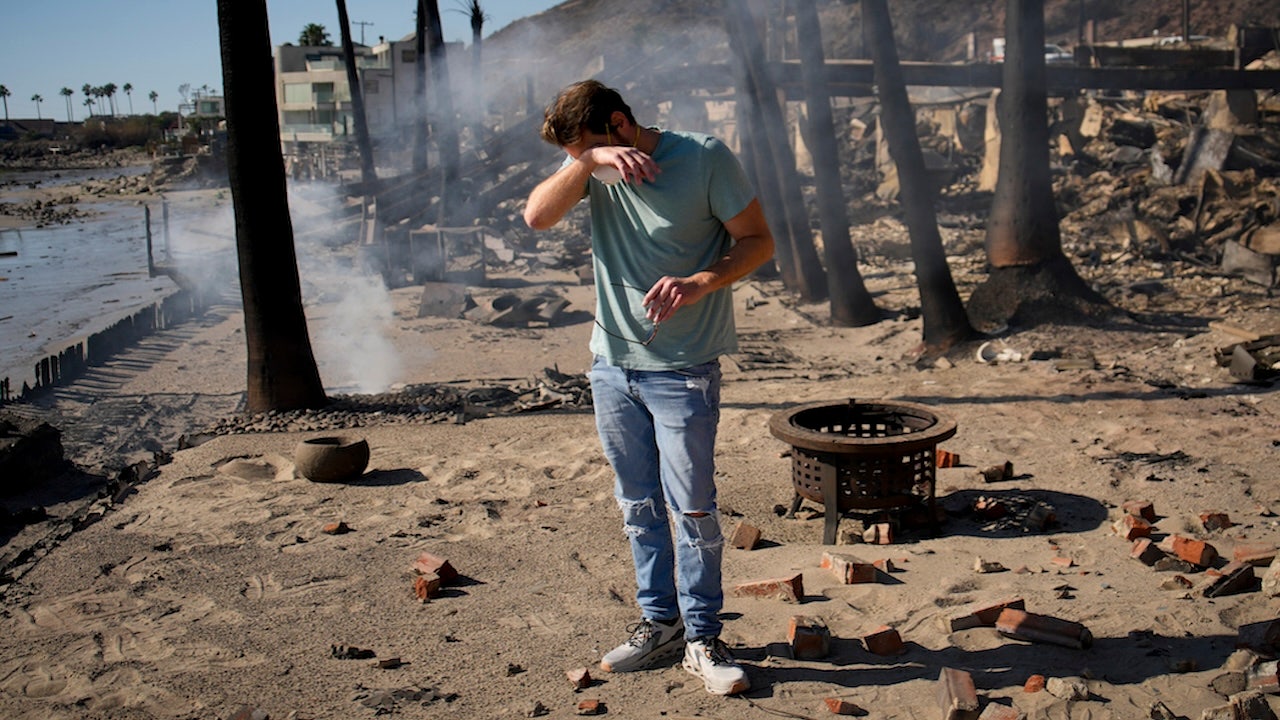BEIJING – The World Health Organization has appealed to China to keep releasing information about its wave of COVID-19 infections after the government announced nearly 60,000 deaths since the beginning of December afterwards weeks of complaints it failed to tell the world what was happening.
Saturday’s announcement was the first official death toll since the ruling Communist Party abruptly dropped anti-virus restrictions in December a surge in infections that swamped hospitals. That left the WHO and other governments begging for information while the United States, South Korea and others imposed Controls of visitors from China.
The government said that between December 8 and January 12, 5,503 people died from respiratory failure caused by COVID-19 and there were 54,435 deaths from cancer, heart disease and other diseases combined with COVID-19.
The announcement “allows a better understanding of the epidemiological situation,” the WHO said in a statement. It said WHO Director-General Tedros Adhanom Ghebreyesus spoke to Health Minister Ma Xiaowei by phone.
“WHO requested that this type of detailed information continue to be shared with us and the public,” the agency said.
The National Health Commission said only deaths in hospitals would be counted, meaning anyone who died at home would not be included. There was no indication of when or if updated numbers might be released.
A health official said the “national emergency peak has been passed” based on an 83% drop in the daily number of people going to fever clinics from a Dec. 23 peak.
The report would more than double China’s official death toll from COVID-19 to 10,775 since the disease was first detected in downtown Wuhan in late 2019. China has only counted deaths from pneumonia or respiratory failure in its official tally, ruling out many deaths that could be attributed to the virus in other countries.
Meanwhile, bullet train service between mainland China and Hong Kong has resumed amid restrictions allowing 5,000 passengers from each side to make the journey daily and requiring a negative virus test within the past 48 hours.
Both sides are reopening travel links that have been suspended as part of Beijing’s “zero-COVID” strategy aimed at keeping the virus out of China. Hong Kong imposed different but similarly strict restrictions that blocked most international travel.
Candice Zhong, a resident of the neighboring mainland city of Shenzhen who arrived in Hong Kong, said she plans to visit the city’s two major theme parks.
“I want to come to Hong Kong to see how it is now,” Zhong said at the Hong Kong Mass Transit Railway terminal. “I’m going to Disneyland and Ocean Park.”
___
Associated Press video producer Alice Fung in Hong Kong contributed to this report.
Copyright 2023 The Associated Press. All rights reserved. This material may not be published, broadcast, transcribed or redistributed without permission.





